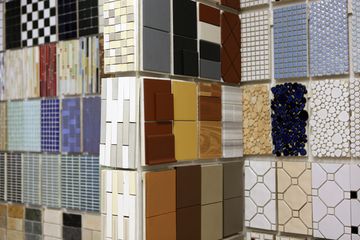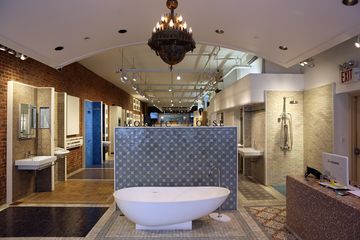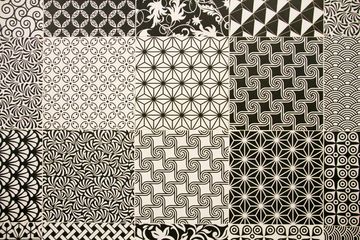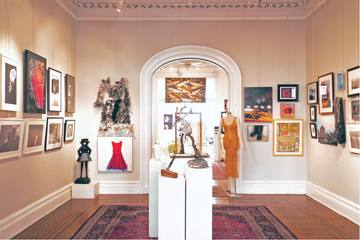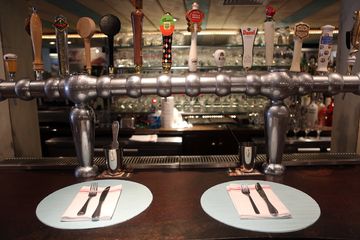Nemo Tile’s beginnings date back to 1921 in Jamaica, Queens. Nemo Tile is responsible for lining and decorating many of New York’s most famed and frequently traveled spaces and landmarks: The Lincoln and Holland Tunnels, the original World Trade Center, the Mandarin Oriental Hotel, the W Hotels, and “countless residences, ” according to their staff, all bear their unique tiles. The company specializes in usable, heavily trafficked tiles, of all colors, shapes, materials, and sizes, but Nemo also works on smaller, more decorative or intimate architectural and interior projects. I spoke to Charlotte Barnard, the head of marketing, who told me a bit about the the company’s history and the changes that Nemo has undergone since its inception. Jerry Karlin partnered with, and subsequently took over from, the original owner in the 1950s and since then, the company has been in the hands of three generations of this family run business. I think what struck me most, though, was when I put the pieces together and realized that I grew up in the same town as the Karlin's. One of their daughters was a childhood friend, and our parents were also very close. I even have fond memories of a trip that I took with the Karlins to Florida when I was about fifteen. All of a sudden, Nemo Tiles took on a whole new meaning for me. As I continued my conversation with Charlotte, she informed me that many things have not changed since 1921 - the original location is still operating in Queens and the Karlin family is still involved with MTA projects, including the new Fulton Street station, which features Nemo glass tiles. There have, however, been revolutionary inventions in the tile industry, especially thanks to advances in technology. 3D printing has made it possible to make porcelain look like stone, wood, and even metal. Charlotte proudly stated that Nemo Tile sees some of the most traffic of surrounding showrooms. She pointed out that they have a great location, and that similar companies have followed their lead in moving to the Gramercy area. The company finds most of their products at two major tile shows in Bologna and Florida, but they have wares from all over the world, from China to North America. They have an especially large Italian selection, and Charlotte told us that Nemo had been named “Distributor of the Year” by Confindustria Ceramica, the trade organization for Italian tile. I was deeply impressed with the showroom itself and the constant flow of people stopping by to browse and make purchases: the floor was a clever patchwork of different styles of tile, sliding pull-out displays were tucked into the walls, allowing the space to remain uncluttered, and props like shower heads and mirrors decorated the walls. Charlotte explained, “We are more than a typical tile store. We show tiles within the context of lifestyle. It is a new way to see space, and we are constantly updating the displays. ”
